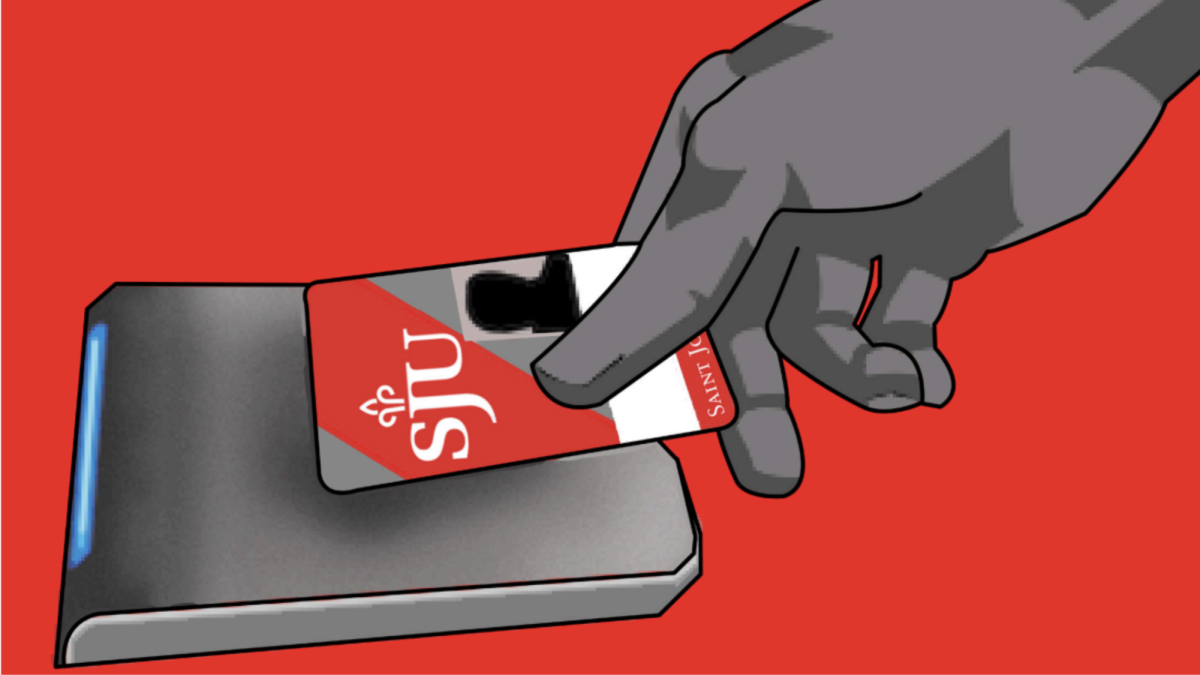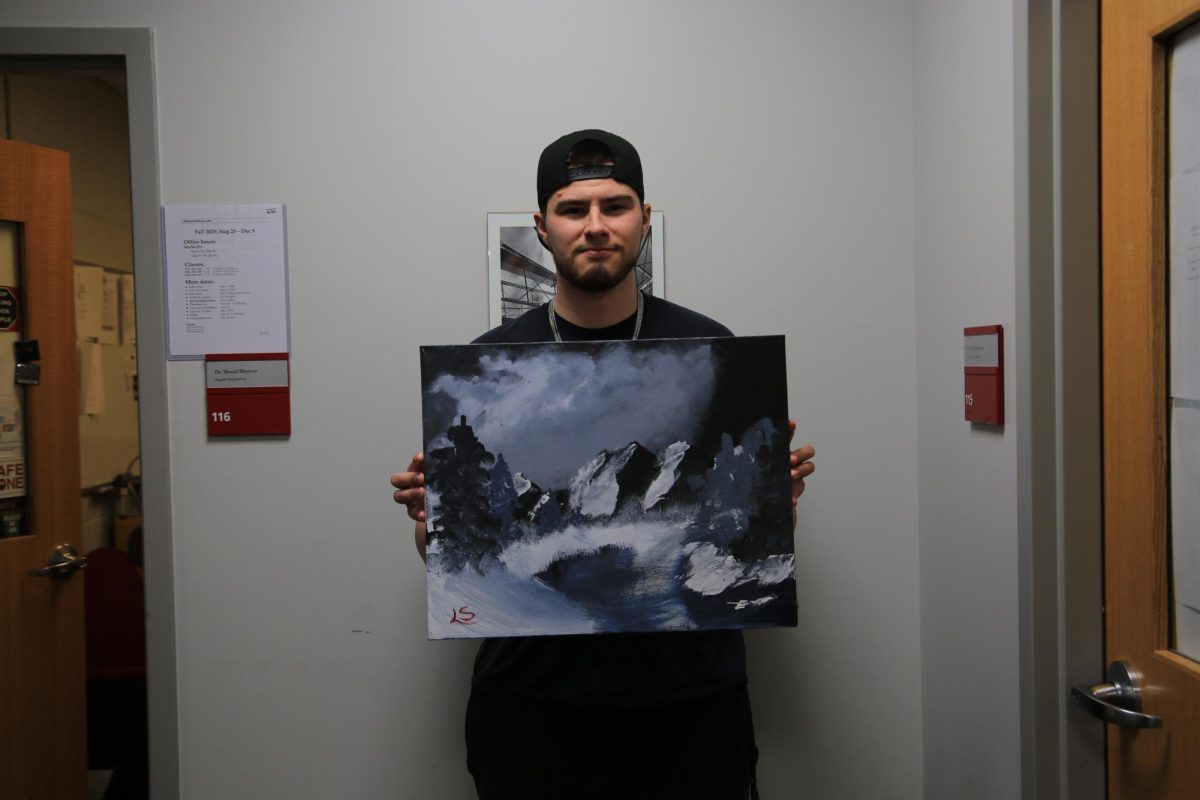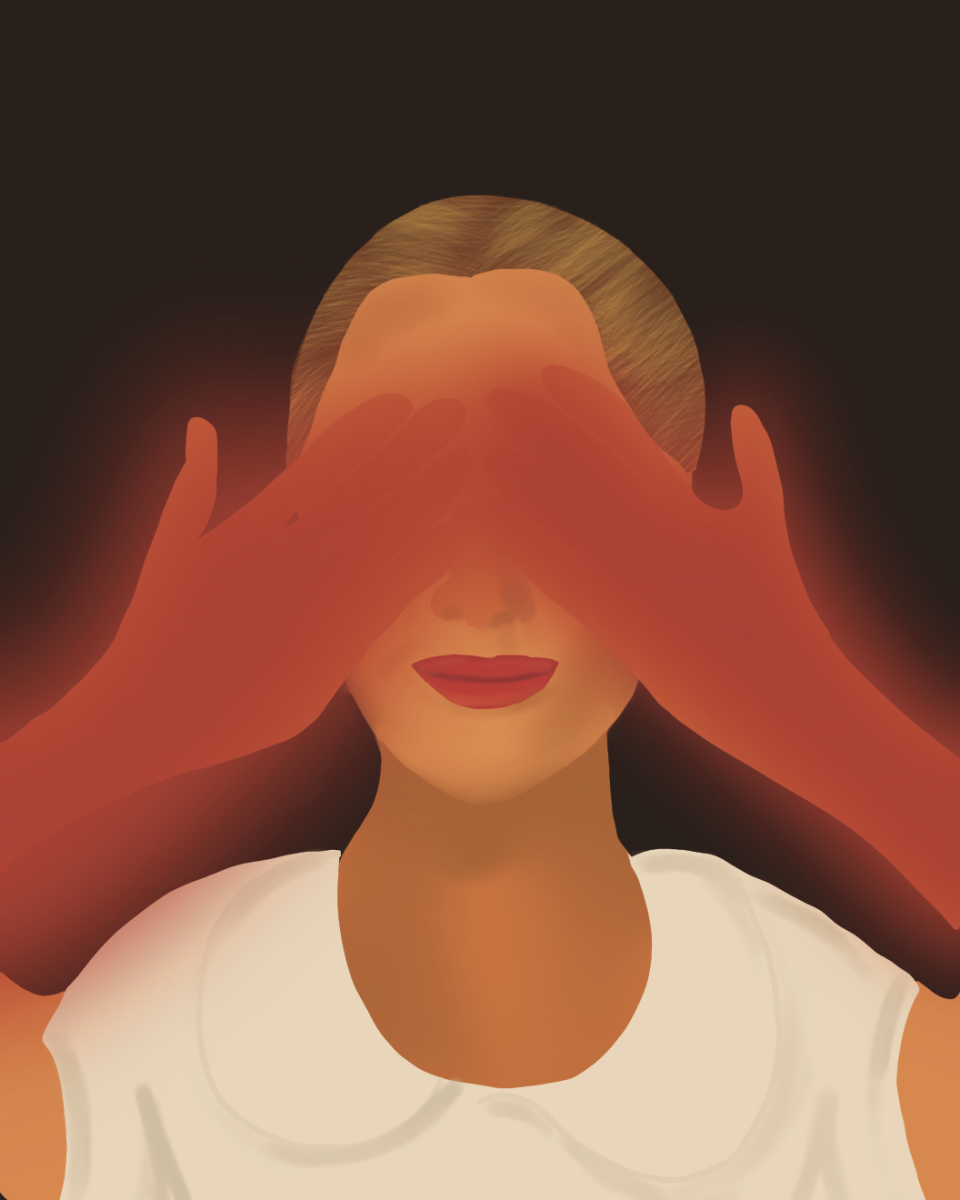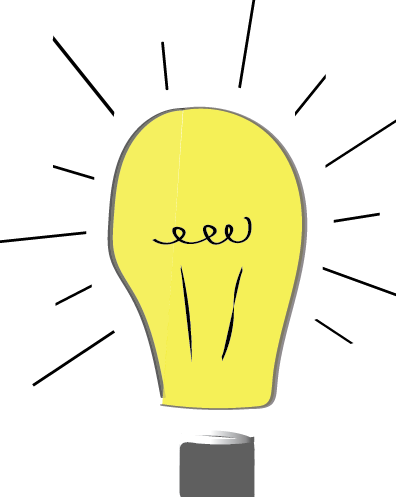Saving on energy expenses while boosting productivity
Before we became seniors, my friends and I decided to hop on the bandwagon and live in Manayunk. What we quickly learned is that living off campus is a huge responsibility (read: bills on bills on bills.) A decent chunk of the money we spend each month goes to our electric bill, specifically because of our light usage.
I wondered if we could do anything to reduce our usage—and get that bill down.
My first move was to call PECO to discuss options to cut light costs. A PECO representative recommended that I replace my traditional incandescent bulbs with energy-saving bulbs. That is a good plan, if I were a homeowner. For someone like me, though—a tenant with a yearlong lease—replacing my current bulbs would add another expense to my already tight budget.
To break it down for you: It would cost me more than $63 to replace the bulbs in my room alone, let alone the rest of the house.
So, what if we just, you know, turned off the lights?
One of the main reasons our bill is so high is that we always keep our place illuminated. The downstairs light is rarely turned off, a conscious choice on our part because it offers a sense of security.
My roommates and I are not alone in this theory.
Mary Lockwood, ’17, a fellow Manayunk resident, told me she and her roommates feel safer when leaving their lights on, too—even if they’re burning through their electric bill in the process.
“Living in Manayunk, we like to have at least leave one light on, especially at night, in case people are bustling around,” Lockwood said. “We usually leave one light on downstairs at all times even when we go out. This way, we feel safe.”
Many experts advise people to switch lights on and off every now and then rather than keep them on constantly in order to signal to the outside that there are people in the house.
While that would also signal to my electric bill to settle down and stop taking my money, I’m not sure I could convince my roommates.
So I decided to look long and hard at another culprit: the one who is terrified of the dark and leaves her lights on 24/7–me.
My fear is costly. I don’t sleep well because of my light dependence, I’m worsening my productivity levels by stressing my eyesight with those artificial hues, and—my biggest complaint—I’m running up the electric bill.
What if I showed those light bulbs who’s boss by leaving them off altogether?
In preparation for such a momentous event, I met with Jodi Mindell, Ph.D., professor of psychology and a clinical psychologist specializing in pediatric sleep medicine. If I was going to try to lower my bill while simultaneously learning how to sleep in the dark, I needed help from an expert.
“What we know is that light—any kind of light—suppresses melatonin,” Mindell told me. “Melatonin is our sleep hormone. So, light goes to the eyes, then goes to the pineal gland, then suppresses melatonin. What you want at night is dim light so that your melatonin will peak. In the morning, you want bright light so it suppresses your melatonin and gets you set for the day.”
I read up on cost-effective options to achieve that “dim light” and learned that orange-tinted bulbs are best. That same day, I hopped over to Target to buy some. This option was much cheaper than what PECO recommended, coming to a total of only $12. While there I also bought a flashlight. I wasn’t kidding about that being-afraid-of-the-dark thing.
I picked up several candles as well to use as a back-up light source. I gave my dad, Anthony Cappetta, a ring to check in with him about any safety concerns from burning candles for light. He’s a fire captain at our local firehouse in Marlton, New Jersey, so I knew he’d steer me in the right direction. His advice was not to exceed 10 candles (for fire hazard purposes) and to not burn the candles for longer than one hour (for ventilation concerns in my tiny room).
Fast-forward to my first night without artificial light: I inserted my orange-tinted bulb into the flashlight and climbed the stairs. I had also hung battery-powered, orange-tinted bulbs from my ceiling. For you sticklers out there, this light usage is not technically breaking the rules; it isn’t using household electricity nor does it affect my eyes like a traditional incandescent bulb.
Once I got to my room I proceeded to light candles and then surveyed my new space. My pupils enlarged to adjust to the dim light, and the hues didn’t put as much stress on my eyes as artificial lights usually did. And, another small perk, they offered just enough brightness that I was even able to read my book for class. It was peaceful.
But, alas, the fairytale was over. It was time to face the ultimate fear—sleeping in the dark.
For the experiment, I decided that when home, I would follow a strict no-usage rule for my laptop as laptops emit the exact kind of artificial light that I was keen on staying away from, but I did allow moderate phone usage.
I used my iPhone to set my morning alarm, and I put on an old episode of “The Office” in the background for comfort. I placed my phone face down beneath my pillow and sank into bed.
With the candles blown out and just a small orange light emitting from my flashlight, I felt like I was in my own personal hell. I lay still for about an hour and could not settle. After what felt like years of tossing and turning, eventually, tiredness won out. I shut off the flashlight and fell asleep.
When I woke up in the morning, I felt well rested. I recalled something Mindell told me about sleeping in complete darkness.
“The darker it is, the more likely it is you’re going to have your natural melatonin cycles,” Mindell said.
That morning I felt like a rockstar, and that feeling was absolutely connected to my night of sleep.
“Sleep affects every aspect of functioning,” Mindell said. “It affects mood, it makes you cranky, makes you irritable. It affects your emotional regulation. It also affects cognition, so memory, decision-making, problem-solving.”
I opened up my blinds and let the sunlight in. I know, I sound like a Disney princess, but stay with me here. Mindell said that using that bright natural light in the morning wakes up your system, suppressing your melatonin.
Later that day in the library, my eyes struggled to adjust. The library’s fluorescent lights, paired with the light from my laptop and cell phone, actually irritated my eyes.
Ironically, I used my laptop to Google why my eyes were taking so long to adjust. It turns out that the transition from darkness to artificial light requires a longer adjustment period, depending on your eyes’ sensitivity. Even after one day of little to no exposure to artificial light, it took longer than usual for my irises to shrink and for my pupils to contract, causing that irritation.
As the week went on, I found that sleeping in the dark had its positive effects—well beyond the electric bill. By ridding my life of artificial light, I saw immediate improvement in many facets: my eyes adjusted quicker than usual to darkness, I slept in eight-hour cycles and woke up refreshed and my productivity levels were at a peak.
As for my PECO bill, I am still waiting on the results. If my seven days spent living without artificial light didn’t change anything on that front, at least I learned how to sleep in the dark.












































